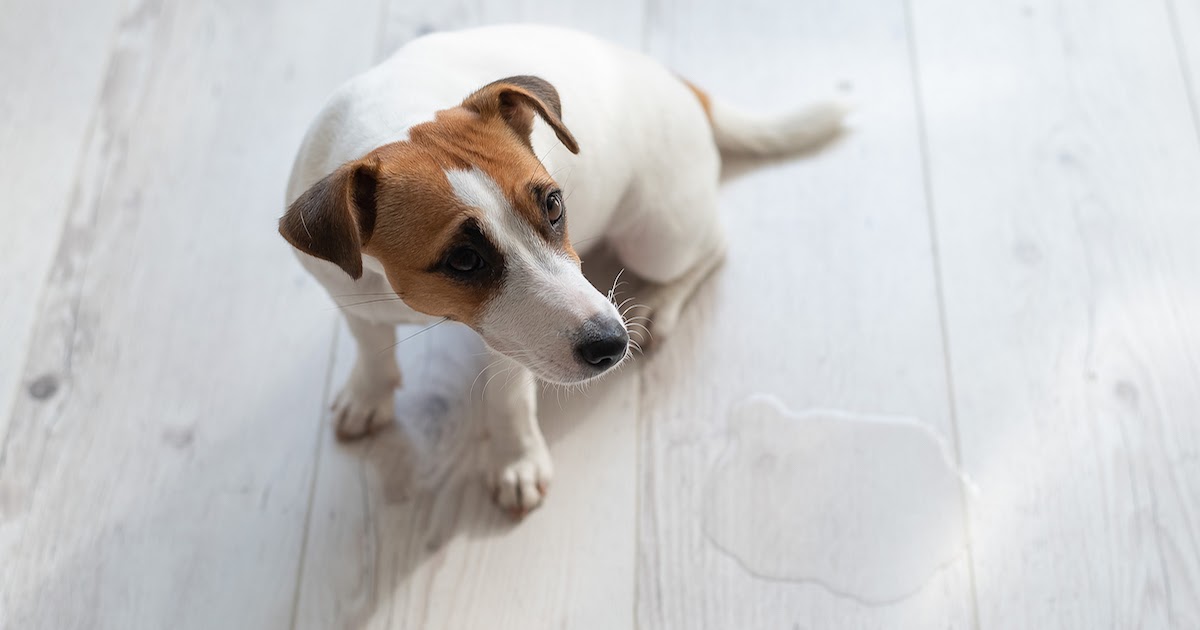- No products in the cart.

E-Mail: info@silversky.com.sg | Phone: +65 6742 7845
Contributing Writer: Chan Choy Yu

Raise your hand if you’ve come across a disaster at home that can only be done by a certain furry critter, and said critter gives you a guilty, “please don’t scold me” look as you approach, disapproval in your eyes. It’s avoiding your gaze, shrinking back to make itself look small, and can’t help yawning or smacking its lips — the tell-tale signs of a guilty conscience, or so you think.
Contrary to what most dog owners believe, these are actually signs of fear in a dog! There has been no scientific evidence that dogs can actually feel guilt, and most veterinary experts agree that this is a classic case of anthropomorphism, in which we attribute human characteristics or behaviour to an animal.

In a 2009 study conducted by dog cognition scientist Dr. Alexandra Horowitz, dogs were given the opportunity to disobey their owners’ command to not eat a treat while they were out of the room.
The results revealed no difference in the behaviour of the dogs, regardless of whether they’ve obeyed or disobeyed the command. Instead, the seemingly “guilty” look only appeared when they were scolded by their owners, and was interestingly more evident in dogs that had been obedient.
What this meant is that the “guilty” expression is simply a response to owner cues, and not an indication of a dog being self-aware of a misdeed and its more complex implications — that it may have disappointed or hurt someone else. Heck, it’s not even an accurate way to ‘convict’ them!
Did you know? With Silversky Protect Pet Insurance, unexpected vet bills don’t have to break the bank. Learn more about keeping your furry friend covered! Visit https://silverskyprotect.silversky.com.sg/ to find out more.
This is because guilt is a complex emotion that dogs might not have the cognitive abilities for. While basic emotions such as anger, surprise, or fear tend to happen automatically, guilt follows the thought process that you are responsible for someone else’s misfortune, whether or not this is the case.
It requires self-reflection and self-evaluation over a time period, and given that dogs do not share the same sense of time as we do and has short-term memory weaker than ours, it’s only natural that they do not understand ‘guilt’ at all. All they know is that we are giving off cues — based on their episodic memory — that signal an oncoming negative experience, and they automatically feel and display fear in response to that.
These signs of fear include cowering, showing the whites of its eyes while looking up at you, pinning its ears back to its head, yawning, and licking its lips. It is only interpreted as guilt in our human eyes because it’s our way of trying to understand and communicate with our companion better — one that we have a language barrier with.

Source: Chewy on Unsplash
More often than not, dog owners spare the rod when faced with a guilty-looking pet. This may further reinforce a dog’s tendency to put on that ‘guilty’ expression when its owner is about to reprimand it because it has learnt that this could be a way to escape punishment!
But that’s not the point here — the point is that if your dog has already been conditioned to fear you whenever you give off certain cues, then it’s actually not a useful litmus test to check if your dog has disobeyed you or not.
Unless caught in the act or right after committing the act, dogs often have no idea why you’re upset with them or what they’ve done wrong, so there’s no point in reprimanding them when the opportunity has passed. Instead, think about why it disobeyed the command and improve from there. Was the training inconsistent? Could your dog be feeling unwell?
Instilling fear and shame in your dog is never healthy for your dog’s mental and emotional well-being. Always remember to stick to positive reinforcements only (reward positive and unwanted behaviour rather than discipline for bad behaviour) with plenty of treats and praises, and your dog should naturally stop looking ‘guilty’ and adhere to its training well!
For more information on what positive reinforcement is and how it works, watch this video here!
Peace of mind starts with Silversky Protect Pet Insurance. Discover how easy it is to protect your pet today! Visit https://silverskyprotect.silversky.com.sg/ to find out more.
Silversky Protect Pet Insurance is underwritten by MSIG Insurance (Singapore) Pte. Ltd (“MSIG”) and distributed by Stere Singapore Insurance Agency Pte Ltd. This post is for general information only. Full details of the terms, conditions and exclusions of this insurance are provided in the policy and will be sent to you upon acceptance of your application by MSIG.